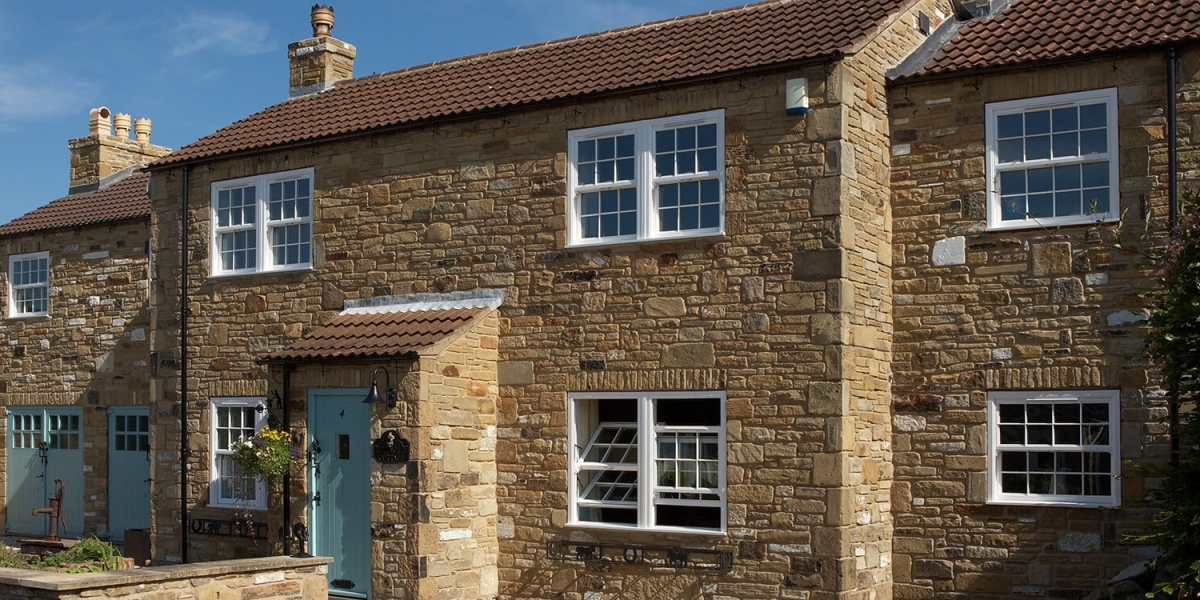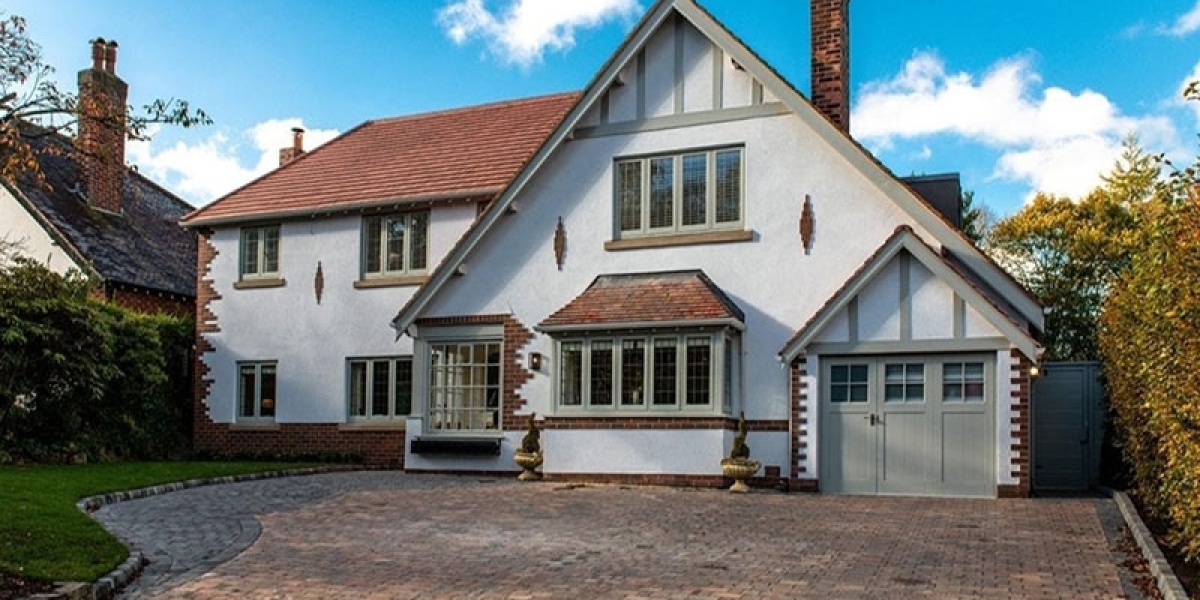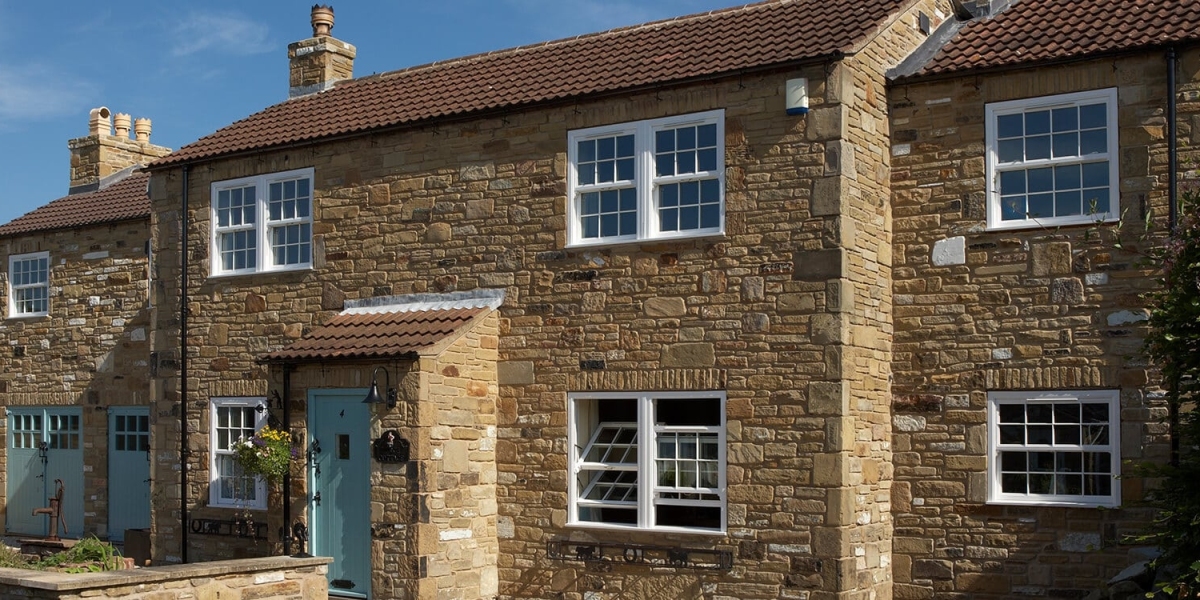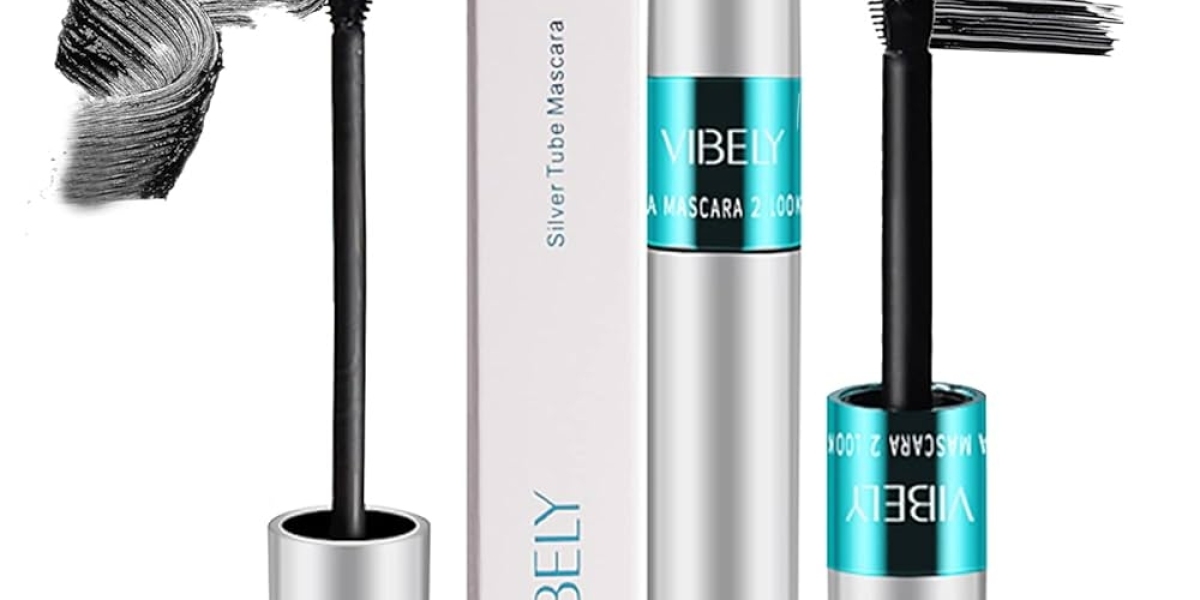Introduction
Aluminium windows have gained significant popularity in the construction and renovation industries due to their durability, aesthetic appeal, and energy efficiency. This report aims to provide a comprehensive overview of aluminium windows, including their properties, advantages, disadvantages, manufacturing processes, applications, and future trends.

Properties of Aluminium Windows
Aluminium is a lightweight yet robust metal, making it an ideal material for window frames. Key properties of aluminium windows include:
- Durability: Aluminium is resistant to rust, corrosion, and extreme weather conditions, ensuring a long lifespan for window installations.
- Low Maintenance: Unlike wood, aluminium does not require regular painting or staining. A simple wash with soap and water is often sufficient to maintain its appearance.
- Versatility: Aluminium can be extruded into various shapes and sizes, allowing for custom designs that meet specific architectural requirements.
- Thermal Performance: Modern aluminium windows often feature thermal breaks, which enhance their energy efficiency by reducing heat transfer.
- Aesthetic Options: Aluminium windows are available in a wide range of colors and finishes, providing homeowners and architects with extensive design flexibility.
Advantages of Aluminium Windows
- Energy Efficiency: With the introduction of thermal breaks and double-glazing options, aluminium windows can achieve high energy efficiency ratings. This leads to reduced heating and cooling costs for buildings.
- Strength and Security: Aluminium has a high strength-to-weight ratio, making it difficult to break or bend. This strength enhances the security of buildings by providing robust window frames.
- Sustainability: Aluminium is a recyclable material, which contributes to sustainable building practices. Recycled aluminium requires only 5% of the energy needed to produce new aluminium, making it an environmentally friendly choice.
- Design Flexibility: The ability to create slim frames allows for larger panes of glass, maximizing natural light and providing unobstructed views.
- Cost-Effectiveness: While the initial cost of aluminium windows may be higher than some alternatives, their longevity and low maintenance requirements make them a cost-effective choice in the long run.
Disadvantages of Aluminium Windows
- Conductivity: Aluminium is a good conductor of heat, which can lead to heat loss in colder climates. However, this can be mitigated with thermal breaks.
- Initial Cost: The upfront cost of aluminium windows can be higher than vinyl or wood options, which may deter some homeowners or builders.
- Expansion and Contraction: Aluminium can expand and contract with temperature changes, which may affect the seals and lead to potential water leakage if not properly designed.
- Aesthetic Limitations: While aluminium windows can be powder-coated in various colors, some homeowners may prefer the natural look of wood, which can limit aesthetic appeal for certain designs.
Manufacturing Process
The manufacturing of aluminium windows involves several key steps:
- Extrusion: Aluminium is heated and forced through a die to create the desired shapes for window frames and sashes.
- Cutting and Machining: The extruded aluminium is cut to size and machined to accommodate hardware, such as locks and hinges.
- Surface Treatment: Aluminium frames undergo surface treatment processes, such as anodizing or powder coating, to enhance durability and aesthetic appeal.
- Assembly: The components are assembled, including the installation of double or triple glazing, seals, and hardware.
- Quality Control: Finished windows are subjected to rigorous quality control tests to ensure they meet industry standards for performance and safety.
Applications of Aluminium Windows
Aluminium windows are versatile and can be used in various applications, including:

- Residential Buildings: Homeowners often choose aluminium windows for their modern aesthetic and energy efficiency.
- Commercial Buildings: Many commercial properties utilize aluminium windows for their strength, security, and ability to accommodate large glass panels.
- Industrial Facilities: Aluminium windows are used in industrial settings due to their durability and low maintenance requirements.
- Architectural Projects: Architects favor aluminium for its design flexibility and ability to create innovative structures with large openings and minimal frames.
Future Trends
The future of aluminium windows looks promising, driven by advancements in technology and growing environmental awareness. Key trends include:
- Smart Windows: The integration of smart technology, such as electrochromic glass that can change tint based on sunlight, may enhance the energy efficiency and comfort of aluminium windows.
- Sustainable Practices: As the demand for sustainable building materials increases, https://stevenagetowncentre.com/events/armed-forces-day-1/ manufacturers are likely to focus on using recycled aluminium and environmentally friendly production methods.
- Improved Thermal Performance: Ongoing research and development aim to enhance the thermal performance of aluminium windows, making them suitable for even colder climates.
- Customization: The trend towards personalization in home design will lead to increased demand for custom aluminium window solutions that cater to specific aesthetic and functional needs.
Conclusion
Aluminium windows represent a modern, efficient, and sustainable choice for residential, commercial, and industrial applications. Their numerous benefits, including durability, low maintenance, and energy efficiency, make them an attractive option for builders and homeowners alike. As technology continues to advance, the future of aluminium windows appears bright, with innovations in design, performance, and sustainability paving the way for their continued popularity in the construction industry.







